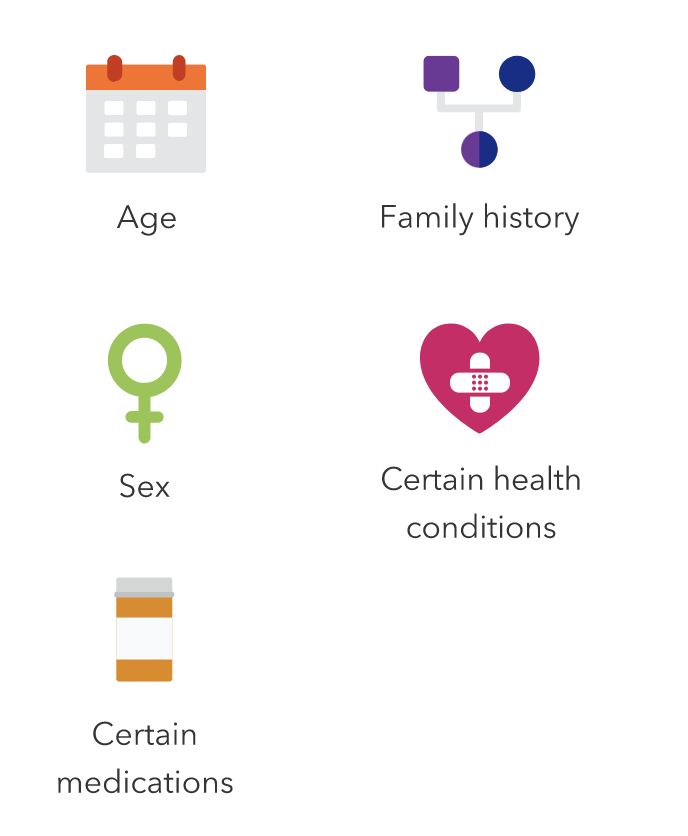Is Restless Legs Syndrome Genetic?Explore Restless Legs Syndrome and what your DNA can tell you
What is restless legs syndrome?
Restless legs syndrome, also called RLS or Willis-Ekbom disease, is a neurological condition characterized by the uncontrollable urge to move the legs. Scientists believe reduced iron levels in the brain may play a role. Evidence also suggests RLS may be related to dopamine, a chemical messenger in the brain that helps control body movement.
People with RLS tend to experience discomfort in their legs and sometimes other parts of the body as well. Because the urge tends to come when resting or stationary, they can also have trouble sleeping. This lack of sleep can make them tired and affect their ability to concentrate throughout the day.
Is restless legs syndrome genetic?
Genetics does play a role in restless legs syndrome. In addition, people with a family history of RLS have a higher chance of developing RLS themselves.
What impacts my chances of developing RLS?
Genetics are a factor in RLS, but there are also other elements to take into account. For example, RLS tends to be more common as people age.
Restless legs syndrome is also more common in females than in males. Some females develop RLS during pregnancy but for most, symptoms disappear after delivery. Certain types of medications or health conditions like iron deficiency, end-stage kidney disease, and nerve damage can also impact your chances of developing RLS.

Did you know?
Up to 7-10% of the general U.S. population is estimated to have RLS.
Find out if your genetics might increase your likelihood of developing Restless Legs Syndrome
23andMe’s Restless Legs Syndrome report can tell you more about how your genetics may relate to restless legs syndrome. This report is part of the 23andMe+ Premium membership. 23andMe+ Premium includes everything in our Health + Ancestry Service plus new premium reports and features throughout the year.

23andMe+ Premium
Please note:
- The Restless Legs Syndrome report does not diagnose restless legs syndrome and should not be used to make medical decisions.
- The report was developed by 23andMe scientists using data and insights gathered from thousands of customers who consent to participate in our research. Reports based on 23andMe research provide an estimate of your likelihood of developing a condition based on your genetics and other factors. This report does not account for lifestyle or family history.
- The report does not account for every possible genetic variant that could affect your likelihood of developing restless legs syndrome.
References